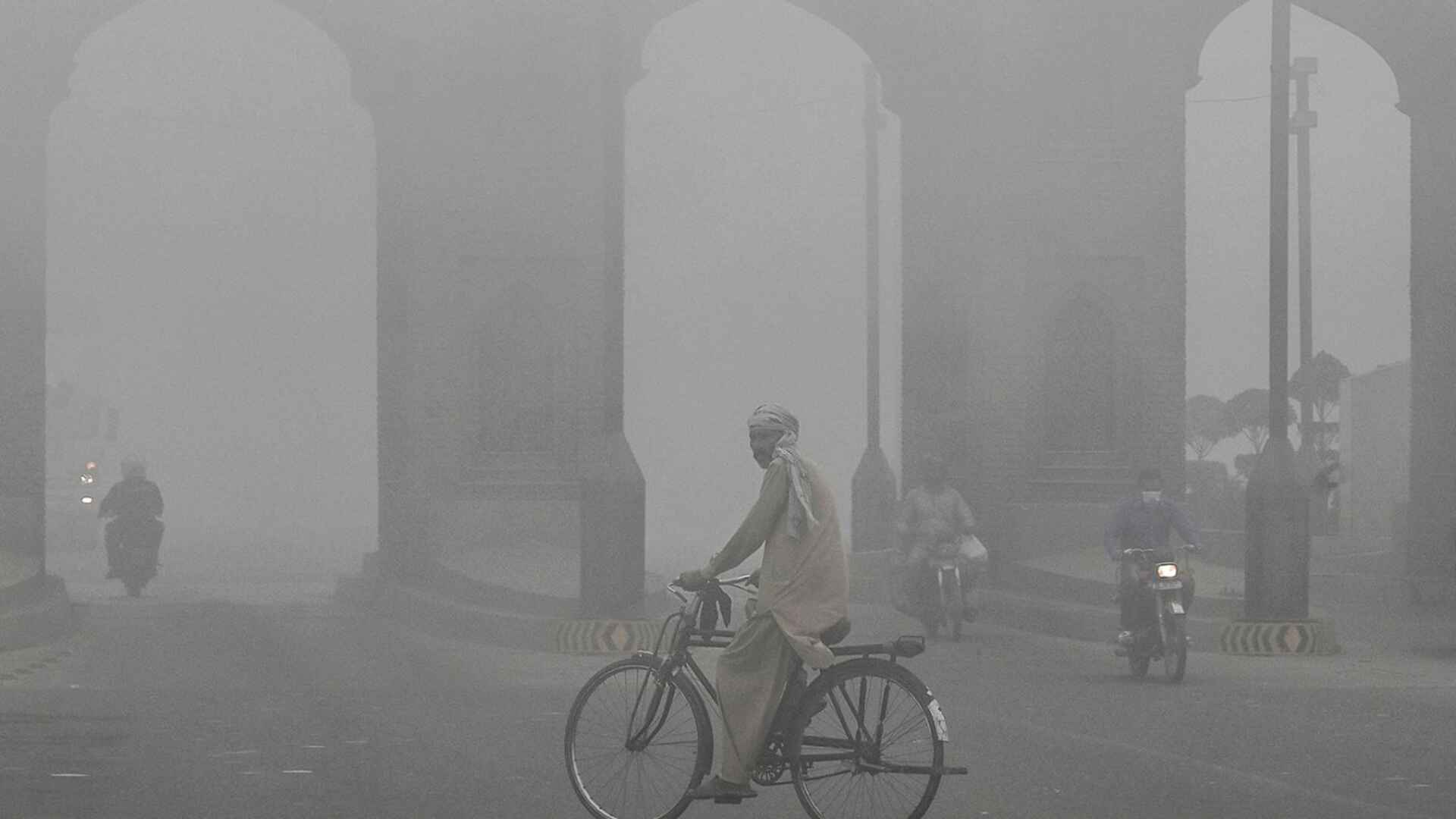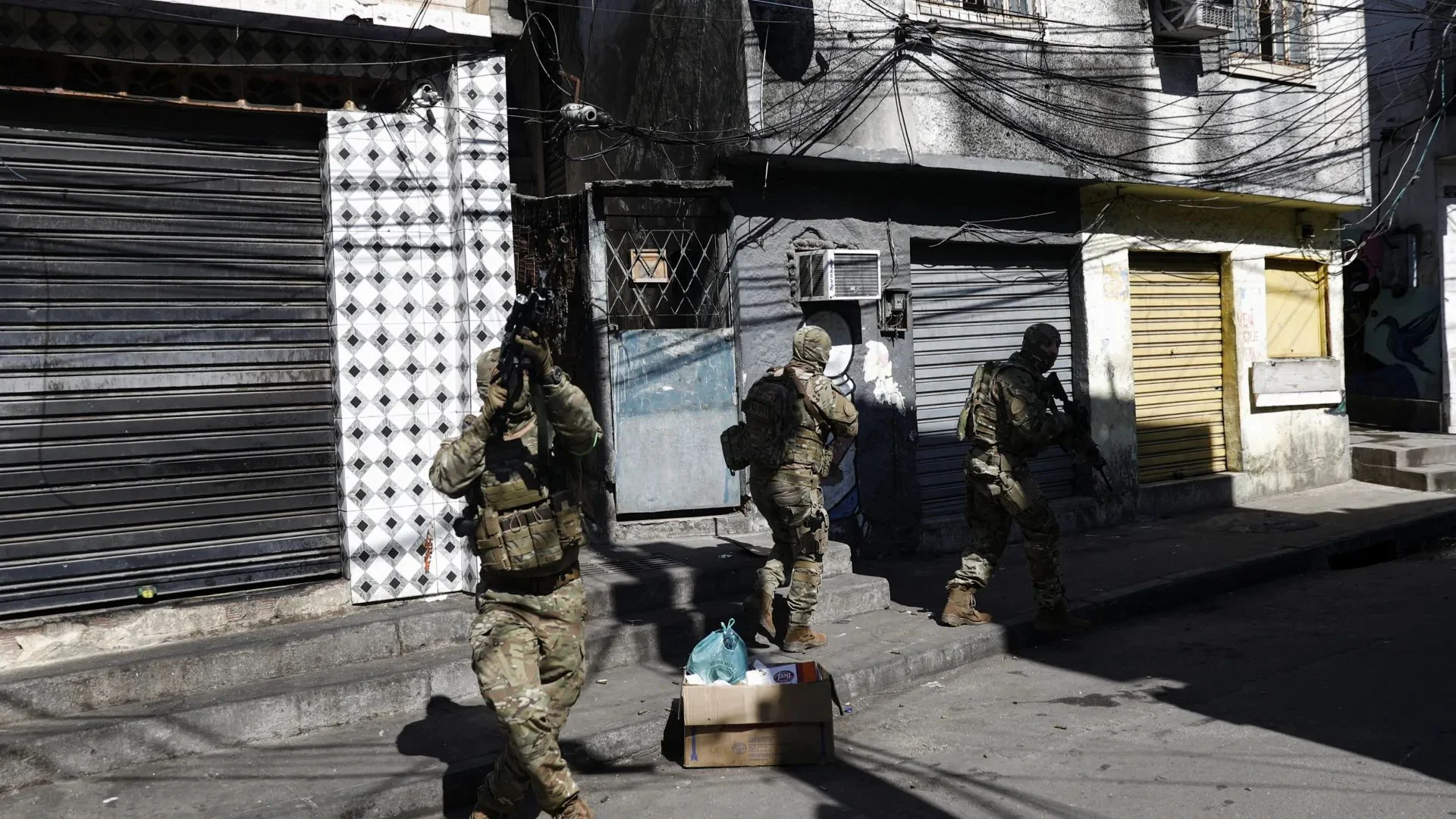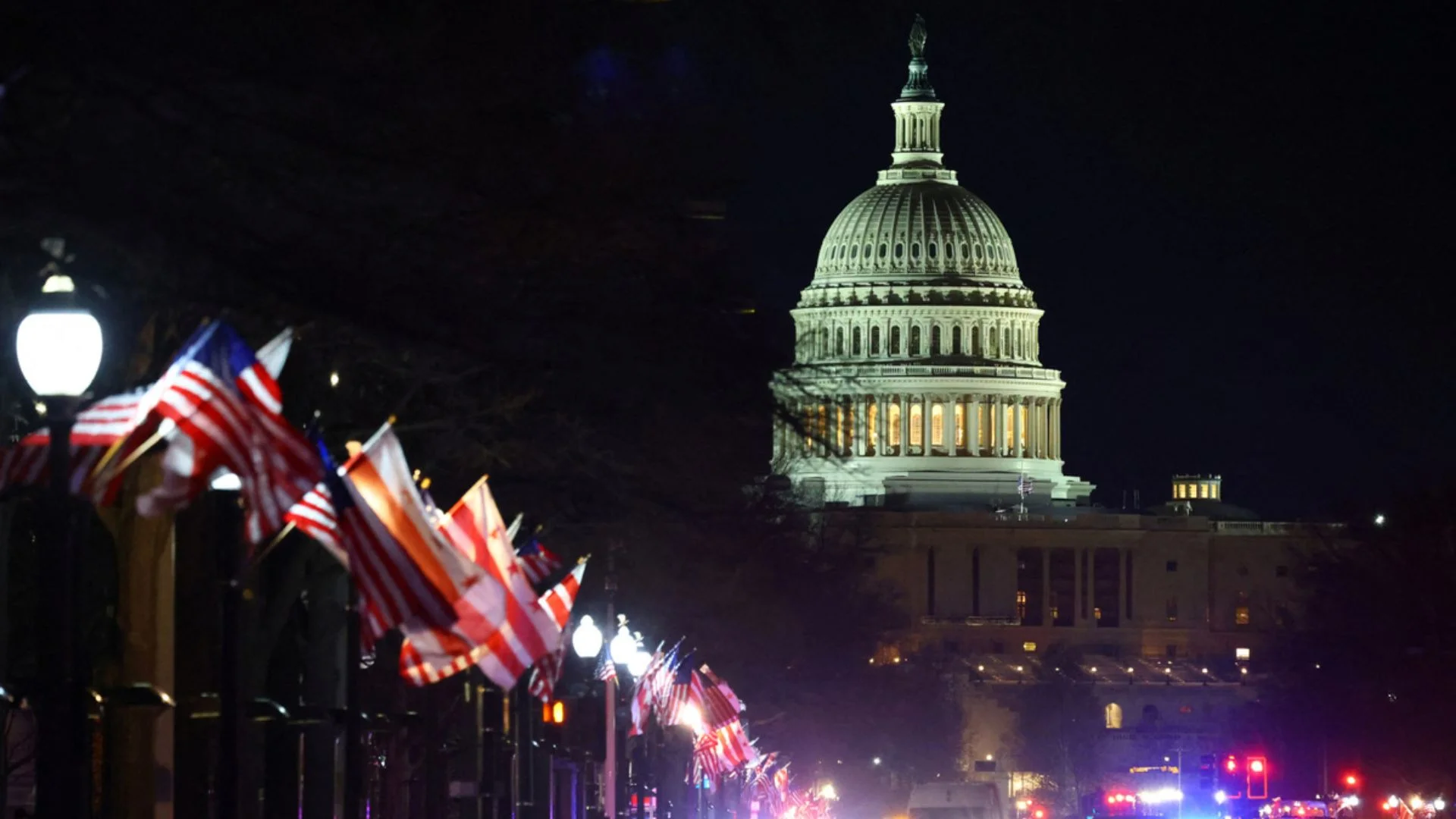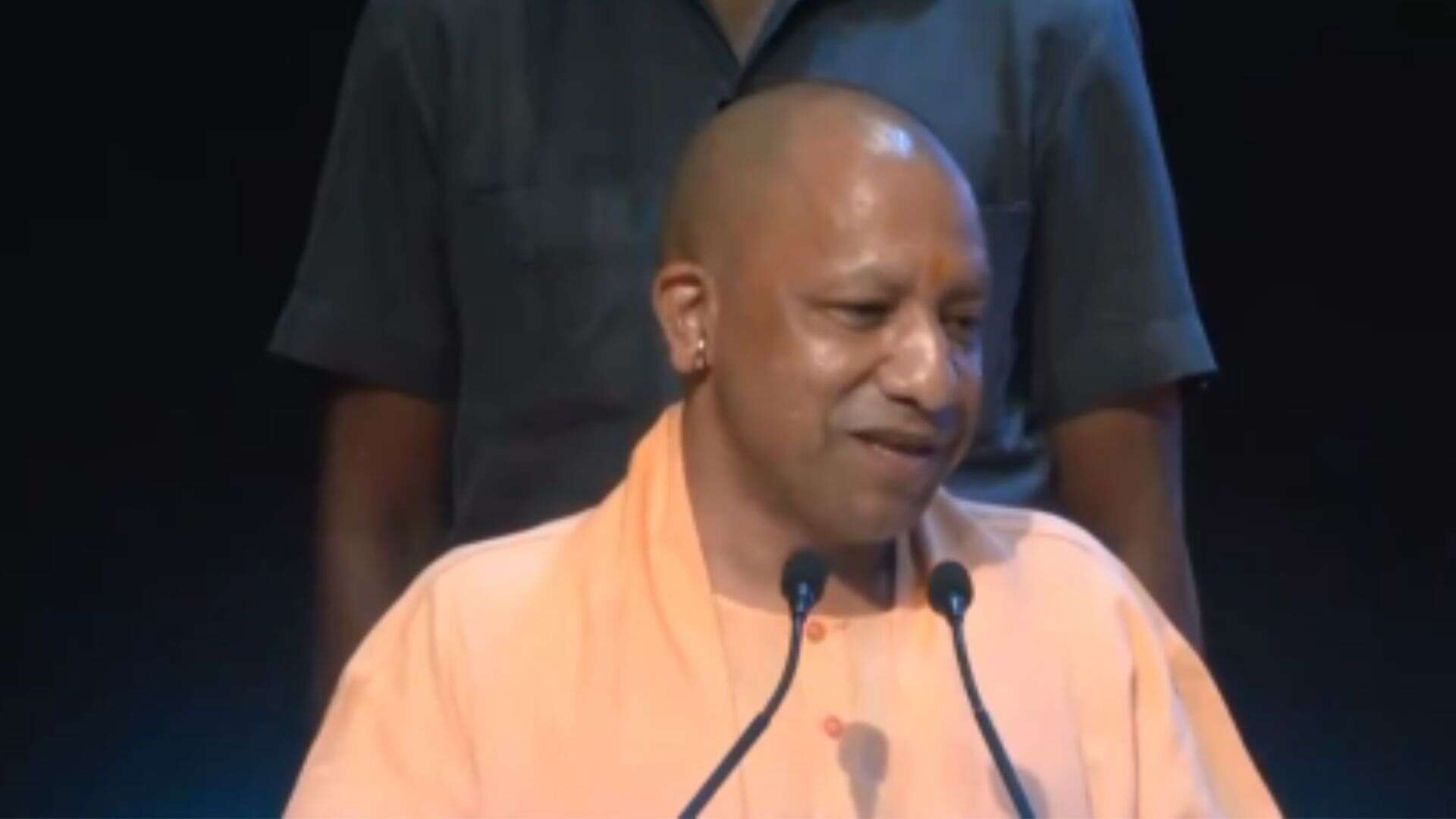Lahore’s air quality has reached alarming levels, with the Air Quality Index (AQI) soaring to 1045 at 6 am on Tuesday, according to data from IQAir. The city, alongside other districts in Punjab, is facing severe smog, which has worsened in recent weeks, making it one of the most polluted regions globally. The United Nations Children’s Fund (UNICEF) has raised concerns for the health of 11 million children under the age of 5 in Punjab, emphasizing the dangers posed by the toxic air.
The air pollution crisis has affected Lahore and 17 other districts in Punjab, with smog now considered a “fifth season.” More than 40,000 people have sought medical treatment for respiratory problems, and local hospitals have admitted over 900 individuals in Lahore alone. Authorities have set up special smog counters at clinics to manage the surge in patients.
UNICEF representative Abdullah Fadil warned that the record levels of pollution could have long-term effects, particularly on children and pregnant women. He highlighted that prior to the current pollution spike, air pollution was responsible for about 12% of deaths among children under 5 in Pakistan.
Key Points on the Air Pollution Crisis in Pakistan:
1. Lahore, with a population of 14 million, is frequently ranked among the world’s most polluted cities and has hit record AQI levels this month.
2. Punjab authorities have closed schools, parks, and public spaces in several areas, including Lahore, until November 17.
3. As of Tuesday morning, Lahore’s AQI was at 1045, significantly higher than Delhi’s 329.
4. Multan, another city in Punjab, recorded an AQI of around 800 on Monday and had seen levels exceed 2,000 last week.
5. AQI levels above 300 are considered hazardous to health, and Lahore has regularly surpassed 1,000.
6. The pollution is largely caused by a combination of factory emissions, vehicle fumes, and agricultural stubble burning, worsened by cool temperatures and slow-moving winds.
7. Health experts warn that the pollution could lead to strokes, heart disease, lung cancer, and respiratory illnesses, with children, babies, and the elderly most vulnerable.
8. The government has mandated face masks but has struggled with enforcement.
9. Authorities are exploring methods like inducing artificial rainfall to combat the pollution.
10. The long-term health effects of the current smog are yet to be fully assessed, but the situation remains dire, especially for children.























